The artists connecting with the writings of Virginia Woolf
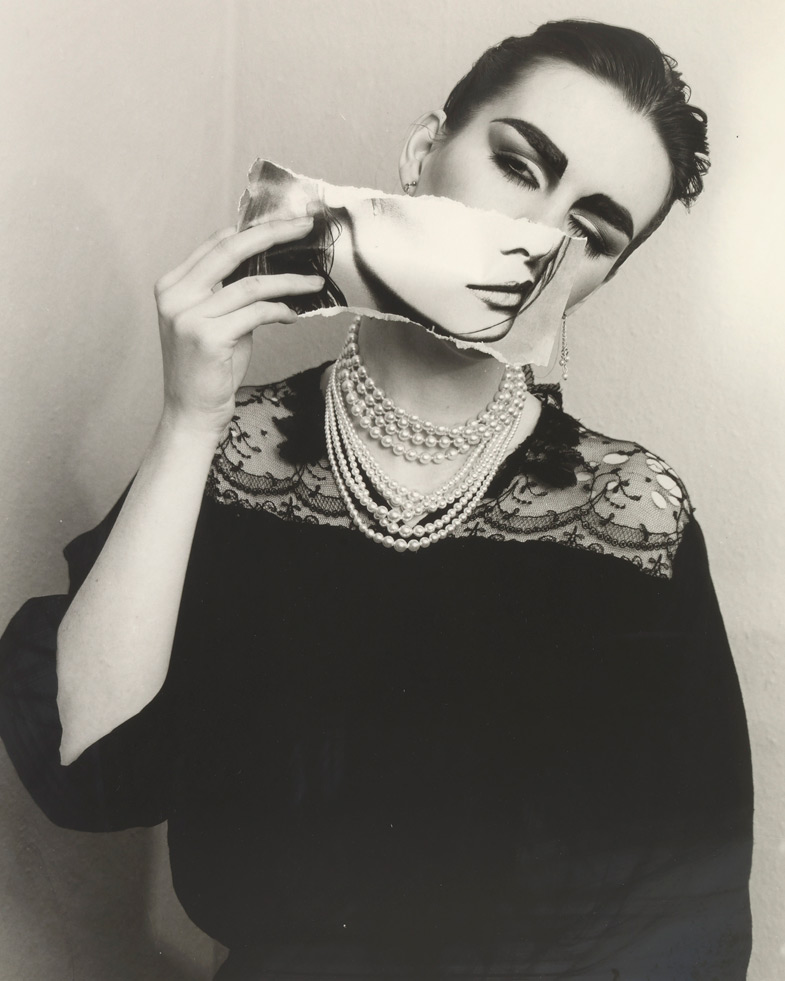
Growing up, Virginia Woolf spent family holidays in St Ives, and the Cornish town and surrounding coastal landscapes left a profound impression on the British modernist author, later becoming a constant reference in her writing – The Godrevy Lighthouse of St Ives Bay is famously transposed to Scotland in her 1927 novel To The Lighthouse.
As much as the rugged, rolling landscapes were the basis for Woolf’s settings, her fiction is equally well known for its symbolic interiors, most vivid in her seminal work, A Room of One’s Own.
Tate St Ives celebrates Woolf’s scenes and their metaphors in a major new exhibition; it's the first time that Woolf’s writing and feminism has been explored in this way, through the visions of more than 80 artists of the 19th and 20th centuries, not all of them blockbuster names, but including some, such as Laura Knight, Barbara Hepworth, Linder, Claude Cahun, and Woolf’s sister, the painter Vanessa Bell.
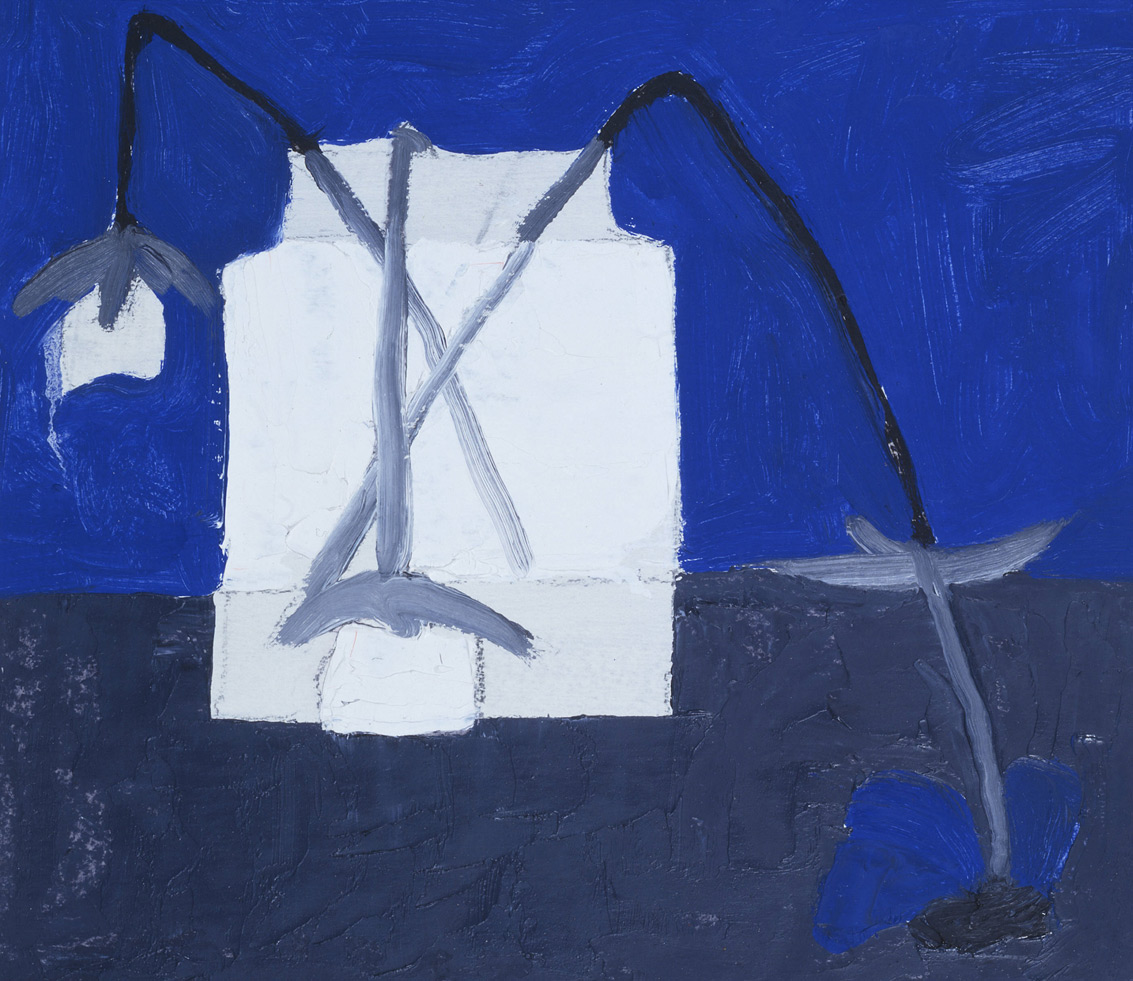
Blue Anemone, 1957, by Margaret Mellis, oil on board.
Going back to 1854 – three decades before Woolf was born – the works trace a trajectory of female frustration with the patriarchy. For most of that history, as Woolf herself wrote, ‘Anonymous was a woman’ – and many of these works received little attention in their day, and many of the artists have been neglected or forgotten.
Neatly divided into two ‘sections’, one looking outwards and the other in, there are many satisfying visual connections between Woolf’s room and the mustard Chintz sofa Ethel Sands painted in 1910, or the view from Knight’s rainy window. The fragmented self-portraits of feminine identity as depicted by Linder or Cahun’s photographs, meanwhile draw on Woolf’s ambivalence about a woman’s physical space and social role. There is further, meandering symbiosis between Woolf’s words, the undulating landscapes outside the gallery, and the crafted curves of Paule Vézelay’s plaster sculptures, among others.
One hundred years on from the historic moment women in Britain could vote for the first time, the exhibition is also, of course, an opportunity to reflect back on the progress women have made in society in terms of rights, and how these changes have affected their image of themselves – proud, dejected, determined, disabused – and how they perceive their position in the world.
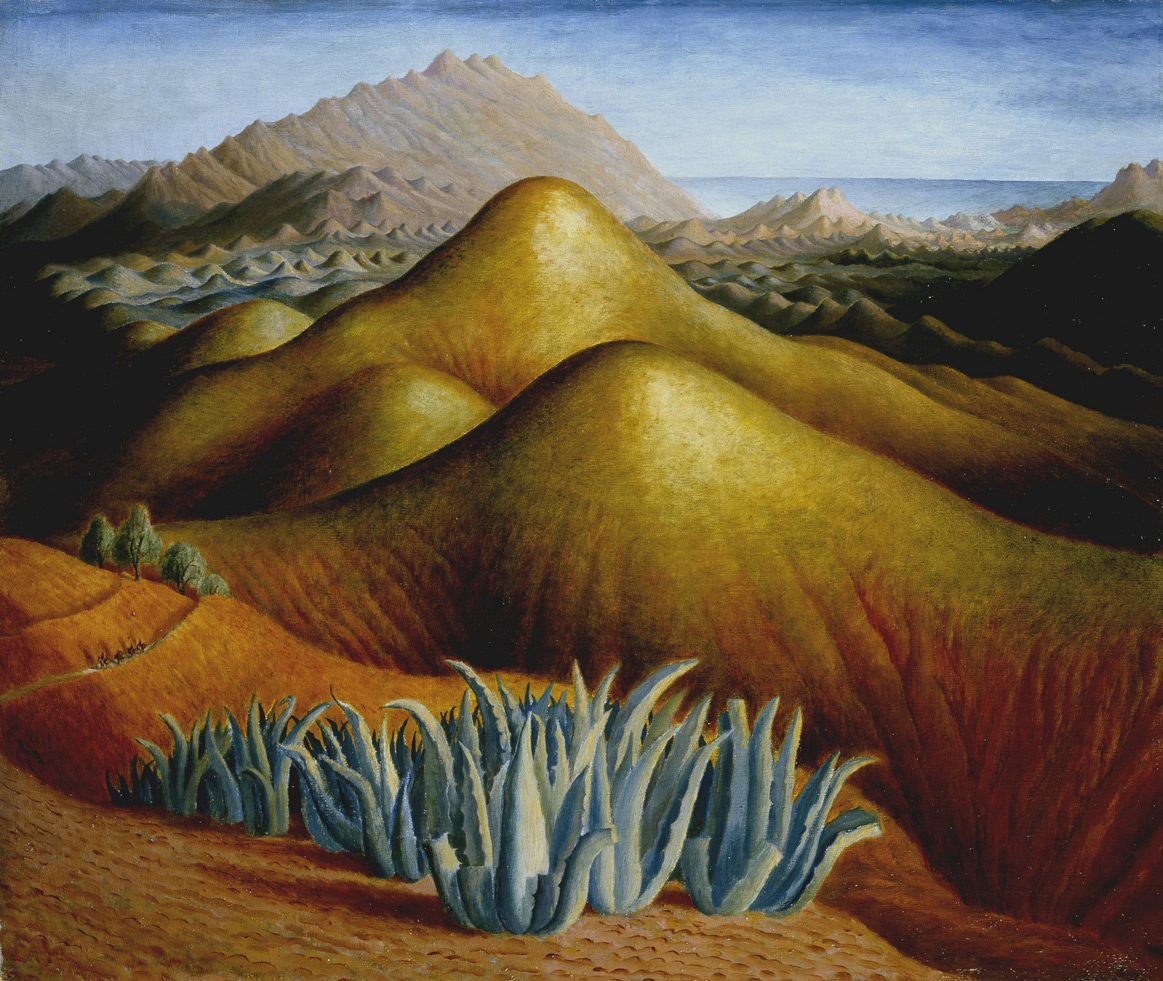
Spanish Landscape with Mountains, c1924, by Dora Carrington, oil paint on canvas.
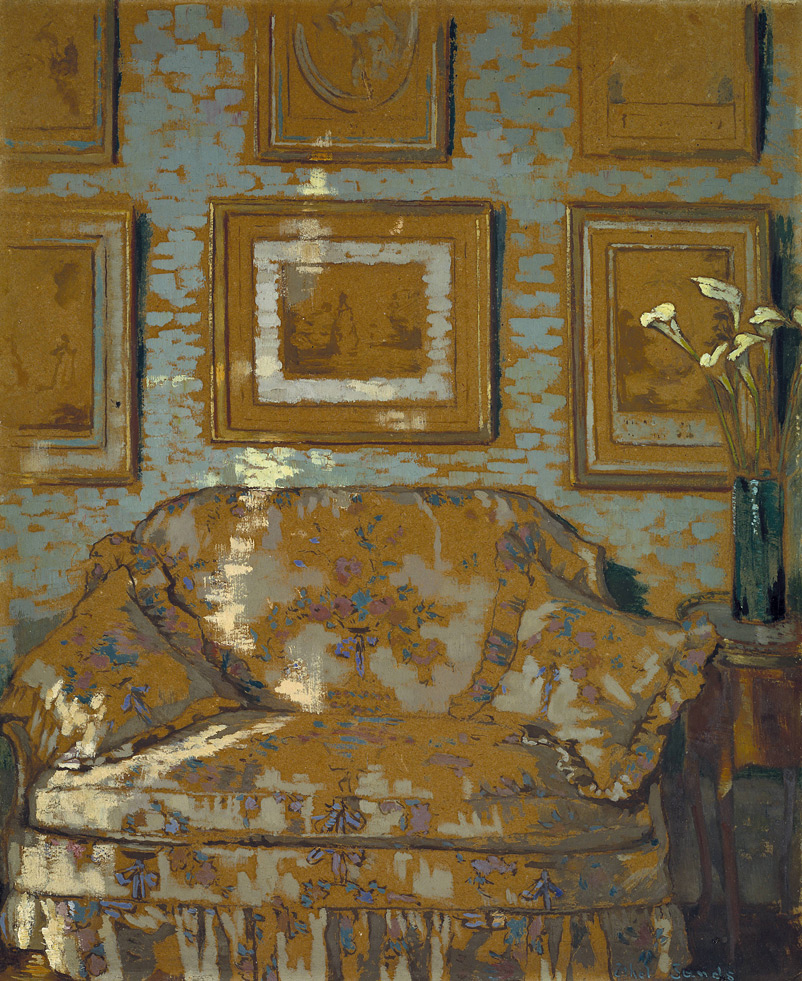
The Chintz Couch, c1910-1, by Ethel Sands, oil paint on board.
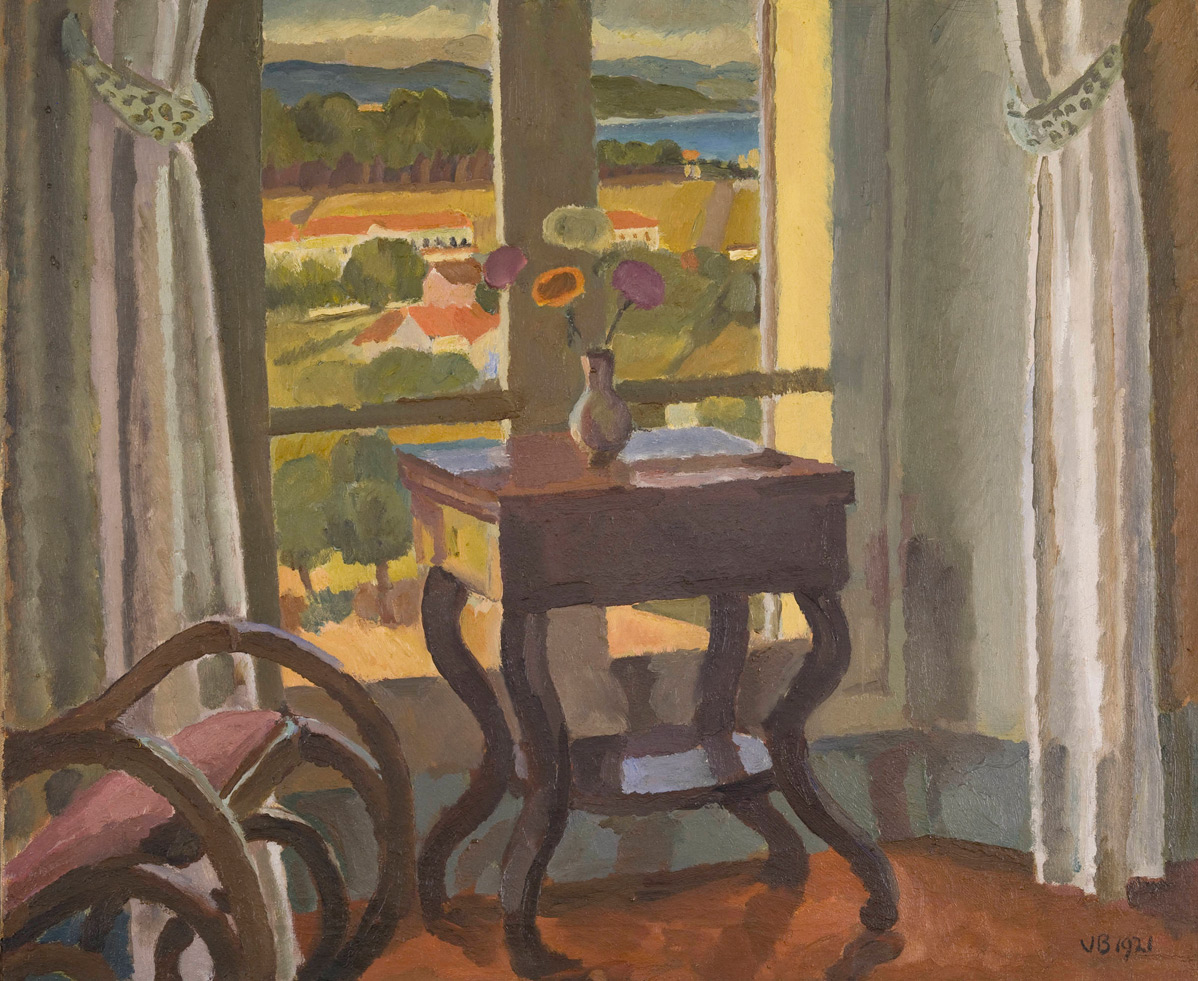
Interior with a Table, 1921, by Vanessa Bell, oil paint on canvas. © Tate
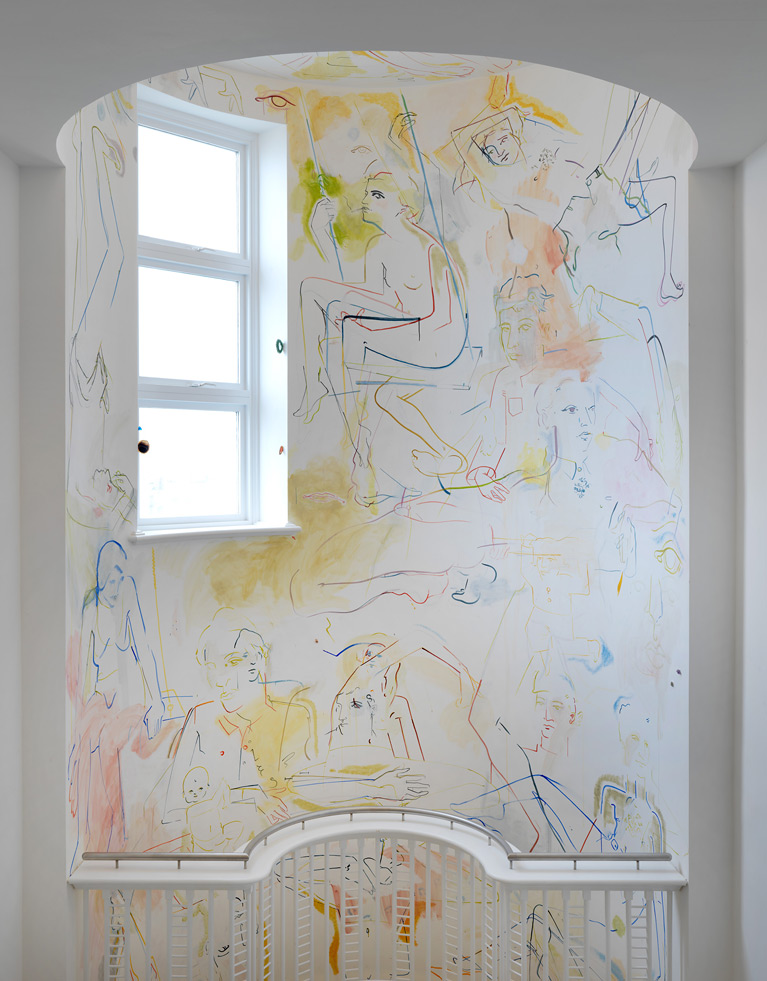
Collapsing New People, 2017, by France-Lise McGurn, acrylic, pearls and semi-precious stones.
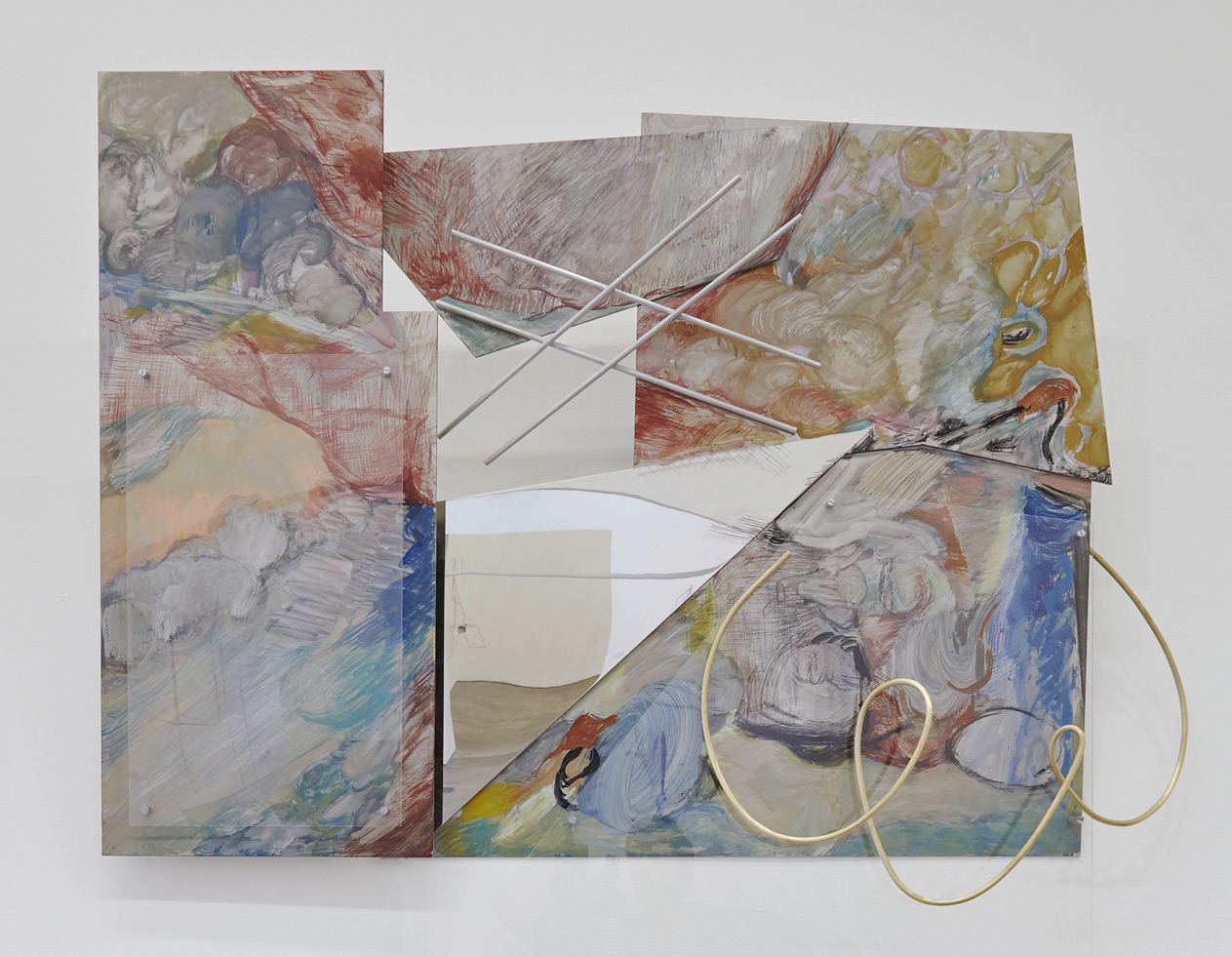
Soil like toppled alphabets, 2016, by Sara Barker.
INFORMATION
‘Virginia Woolf: An Exhibition Inspired By Her Writings’ is on view at Tate St Ives until 29 April. The exhibition will run at Pallant House Gallery, Chichester, from 26 May – 16 September; and Fitzwilliam Museum, Cambridge, from 2 October – 9 December. For more information, visit the Tate St Ives website
ADDRESS
Tate St Ives
Porthmeor Beach
Saint Ives TR26 1TG
Wallpaper* Newsletter
Receive our daily digest of inspiration, escapism and design stories from around the world direct to your inbox.
Charlotte Jansen is a journalist and the author of two books on photography, Girl on Girl (2017) and Photography Now (2021). She is commissioning editor at Elephant magazine and has written on contemporary art and culture for The Guardian, the Financial Times, ELLE, the British Journal of Photography, Frieze and Artsy. Jansen is also presenter of Dior Talks podcast series, The Female Gaze.
-
 Put these emerging artists on your radar
Put these emerging artists on your radarThis crop of six new talents is poised to shake up the art world. Get to know them now
By Tianna Williams
-
 Dining at Pyrá feels like a Mediterranean kiss on both cheeks
Dining at Pyrá feels like a Mediterranean kiss on both cheeksDesigned by House of Dré, this Lonsdale Road addition dishes up an enticing fusion of Greek and Spanish cooking
By Sofia de la Cruz
-
 Creased, crumpled: S/S 2025 menswear is about clothes that have ‘lived a life’
Creased, crumpled: S/S 2025 menswear is about clothes that have ‘lived a life’The S/S 2025 menswear collections see designers embrace the creased and the crumpled, conjuring a mood of laidback languor that ran through the season – captured here by photographer Steve Harnacke and stylist Nicola Neri for Wallpaper*
By Jack Moss
-
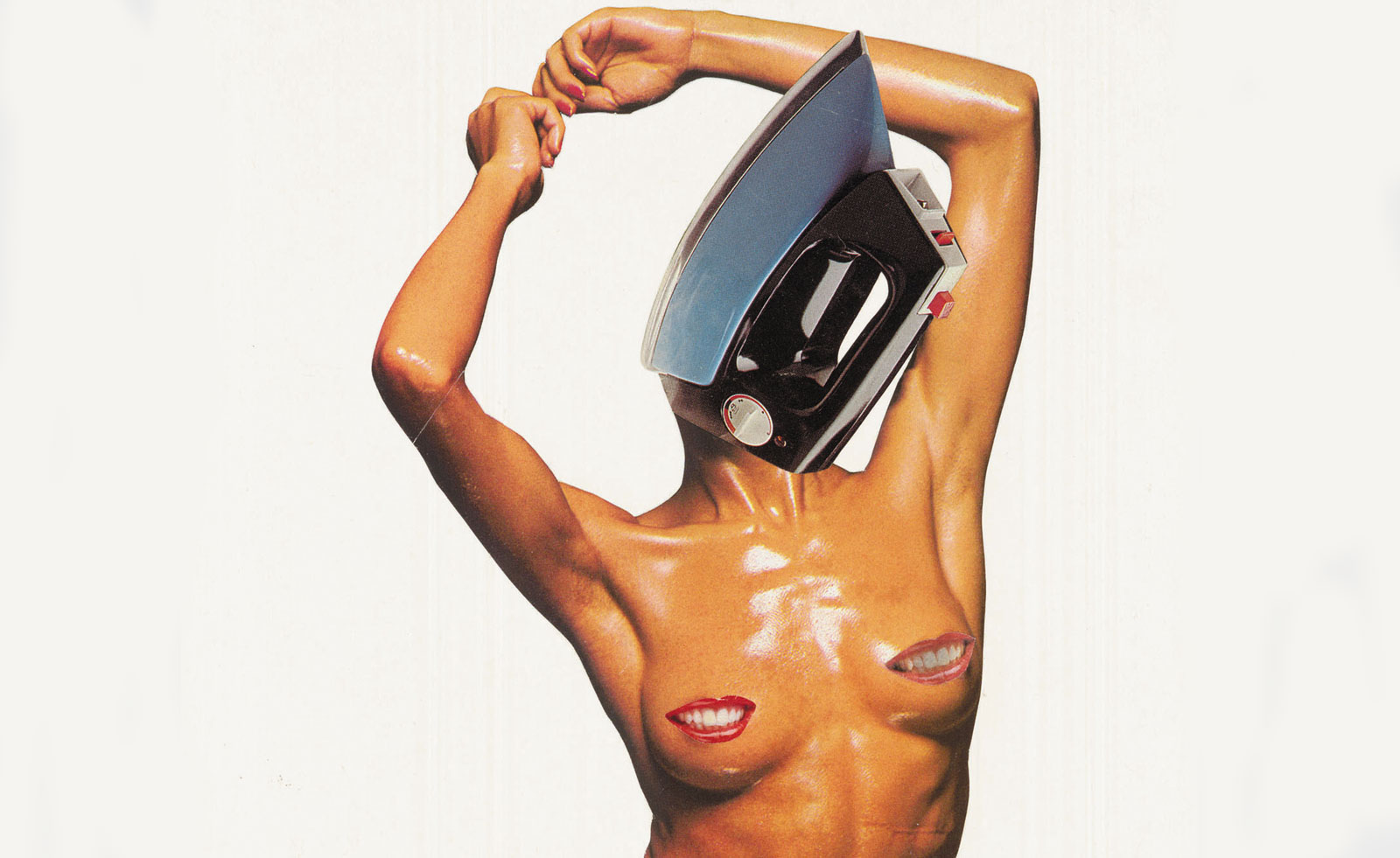 'I want to get into these images and perfume them': Linder's retrospective opens at the Hayward Gallery
'I want to get into these images and perfume them': Linder's retrospective opens at the Hayward Gallery'Linder: Danger Came Smiling' gathers fifty years of the artist's work at the Hayward Gallery. We meet the punk provocateur ahead of her first retrospective
By Hannah Silver
-
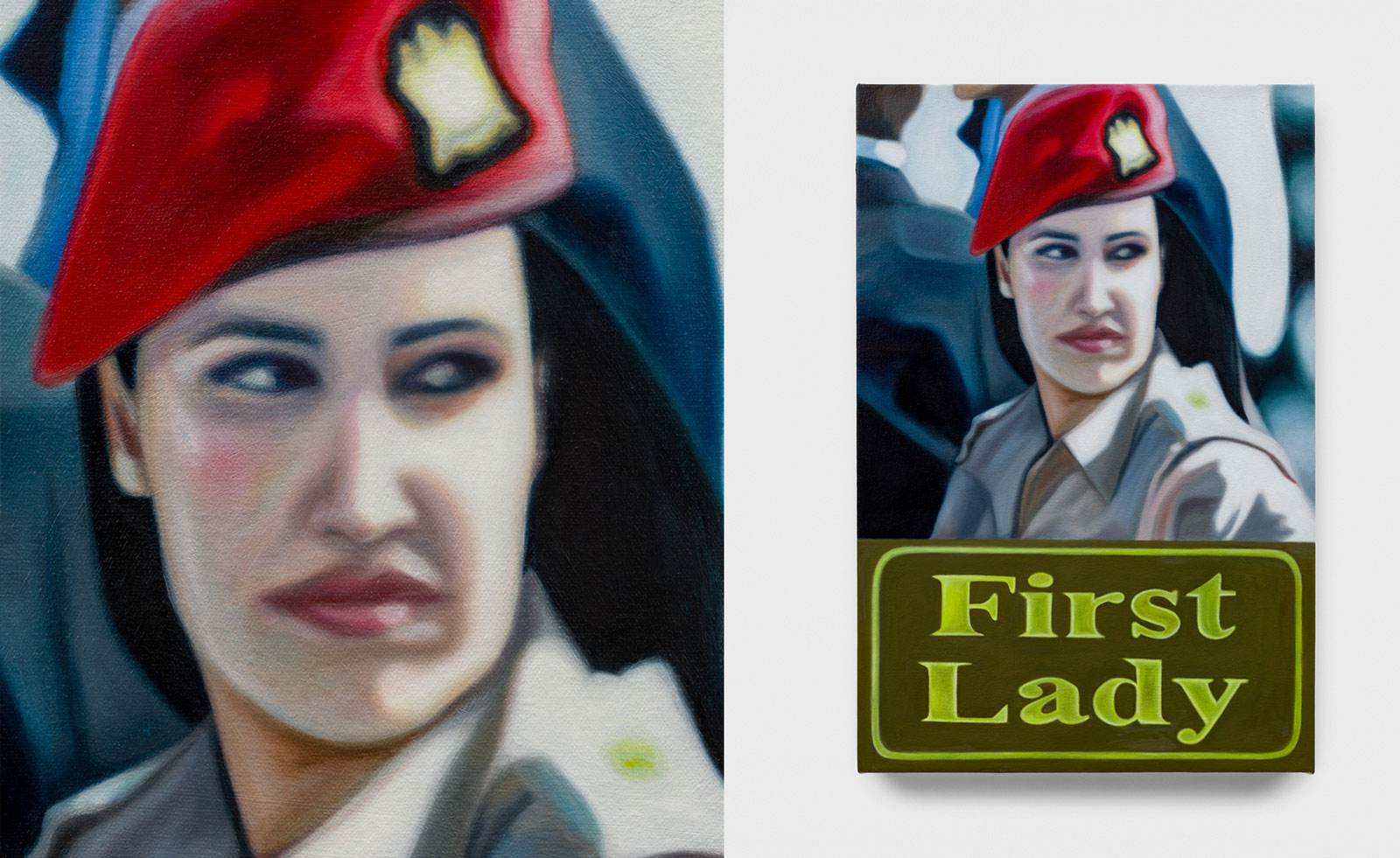 Tasneem Sarkez's heady mix of kitsch, Arabic and Americana hits London
Tasneem Sarkez's heady mix of kitsch, Arabic and Americana hits LondonArtist Tasneem Sarkez draws on an eclectic range of references for her debut solo show, 'White-Knuckle' at Rose Easton
By Zoe Whitfield
-
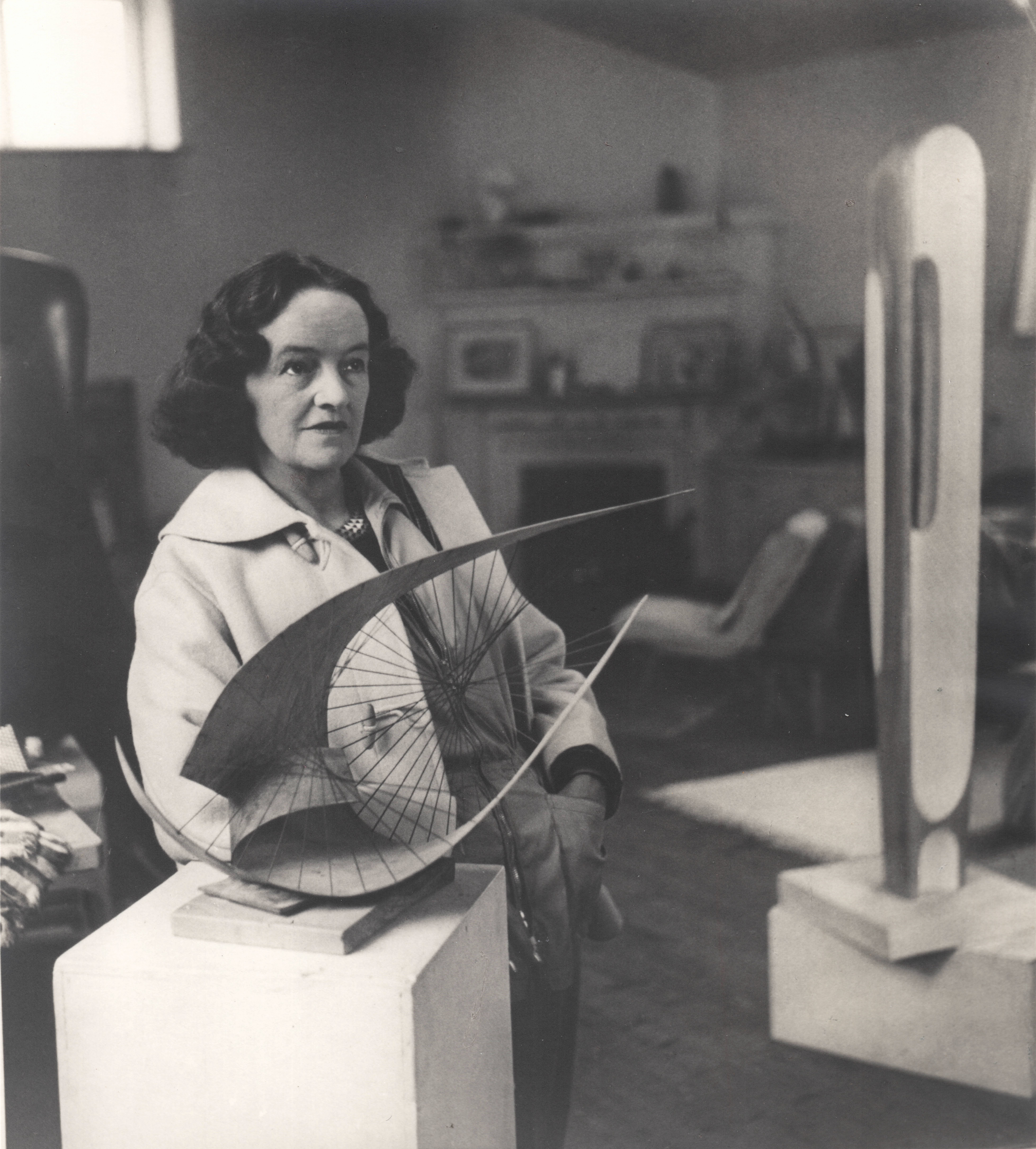 Never-before-seen Barbara Hepworth works go on show in landmark exhibition
Never-before-seen Barbara Hepworth works go on show in landmark exhibitionIn ‘Barbara Hepworth: Strings’, various Hepworth sculptures will be exhibited in public for the first time, at Piano Nobile, London
By Anna Solomon
-
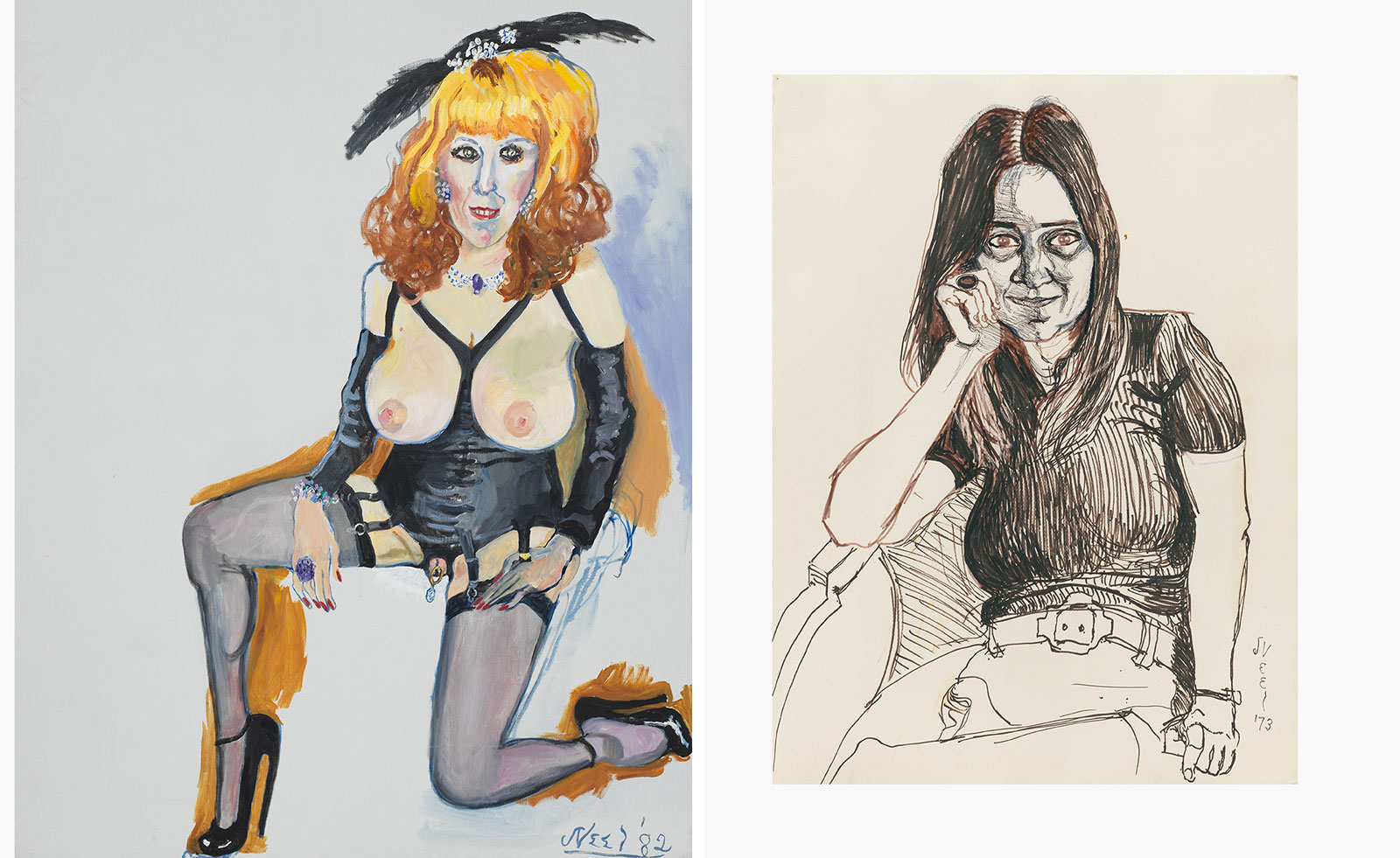 Alice Neel’s portraits celebrating the queer world are exhibited in London
Alice Neel’s portraits celebrating the queer world are exhibited in London‘At Home: Alice Neel in the Queer World’, curated by Hilton Als, opens at Victoria Miro, London
By Hannah Silver
-
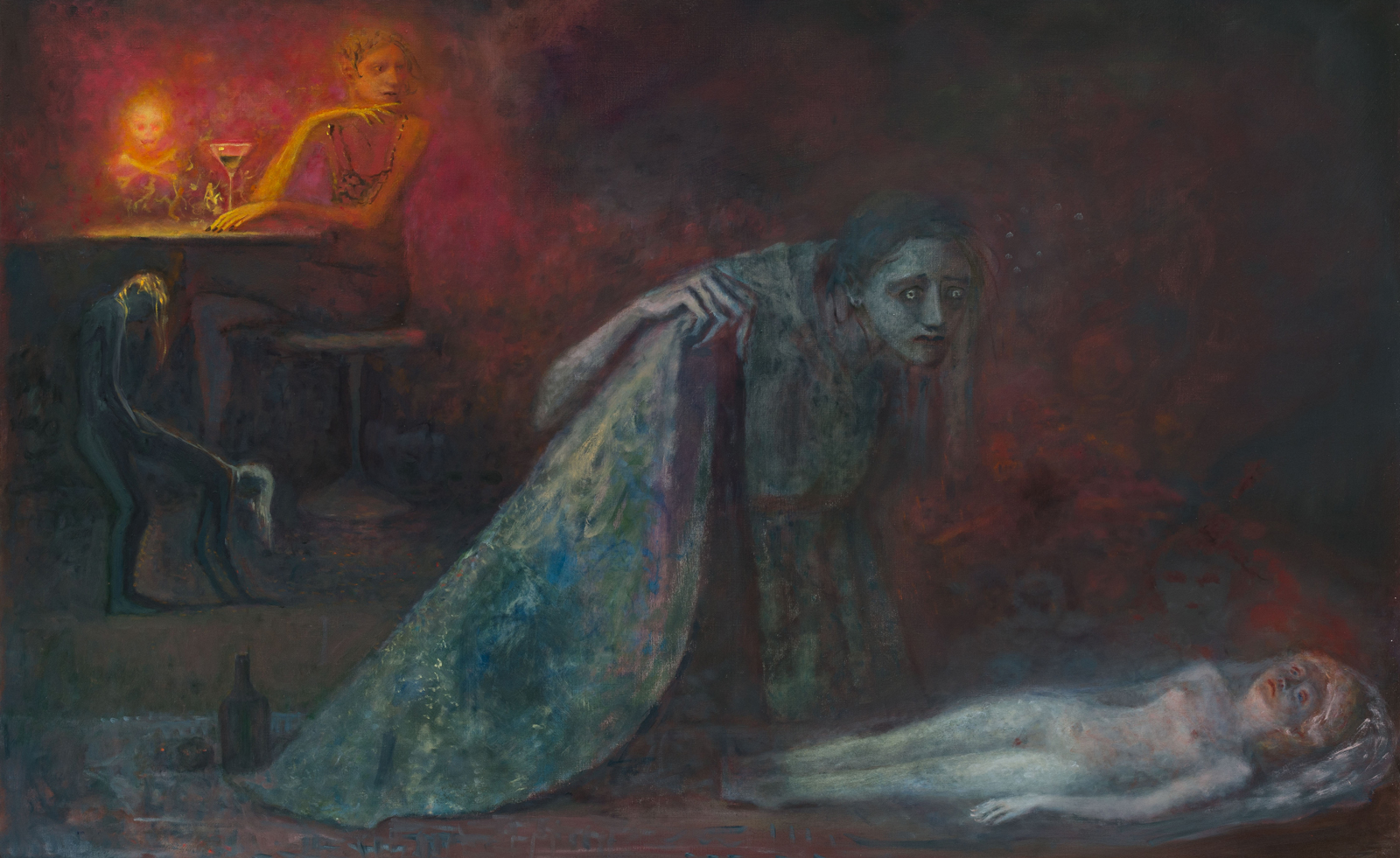 ‘You have to face death to feel alive’: Dark fairytales come to life in London exhibition
‘You have to face death to feel alive’: Dark fairytales come to life in London exhibitionDaniel Malarkey, the curator of ‘Last Night I Dreamt of Manderley’ at London’s Alison Jacques gallery, celebrates the fantastical
By Phin Jennings
-
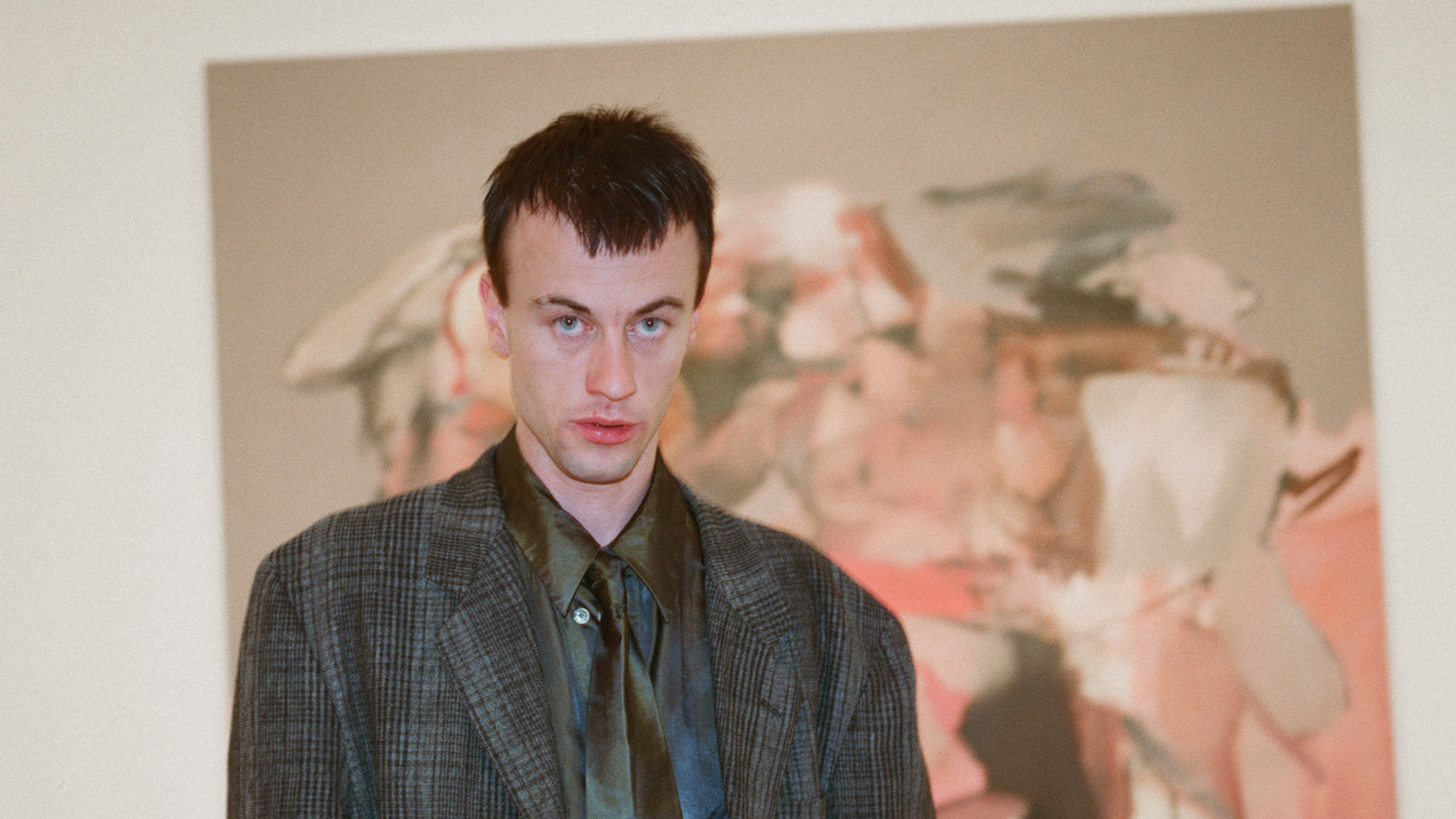 Inside the distorted world of artist George Rouy
Inside the distorted world of artist George RouyFrequently drawing comparisons with Francis Bacon, painter George Rouy is gaining peer points for his use of classic techniques to distort the human form
By Hannah Silver
-
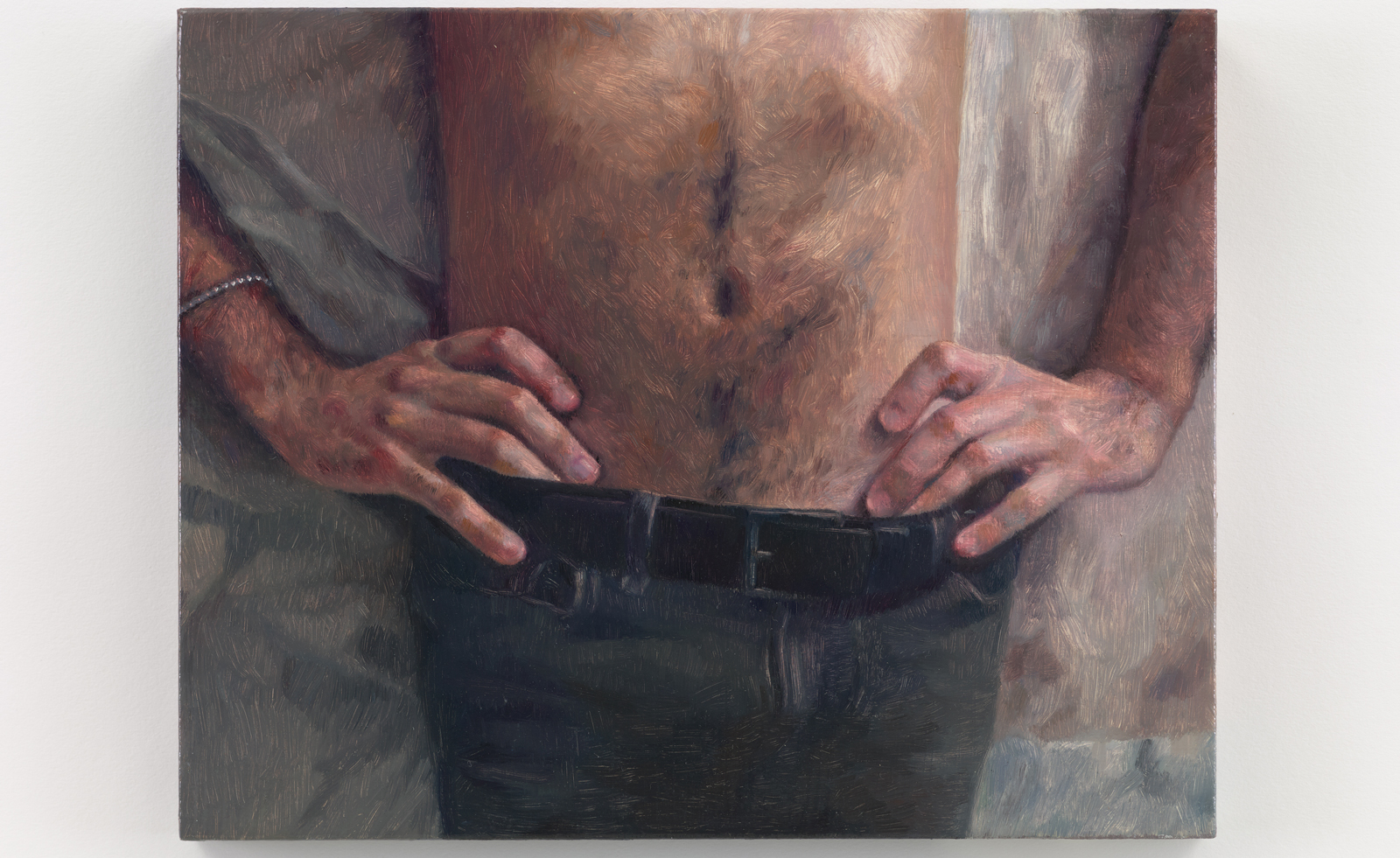 Love, melancholy and domesticity: Anna Calleja is a painter to watch
Love, melancholy and domesticity: Anna Calleja is a painter to watchAnna Calleja explores everyday themes in her exhibition, ‘One Fine Day in the Middle of the Night’, at Sim Smith, London
By Emily Steer
-
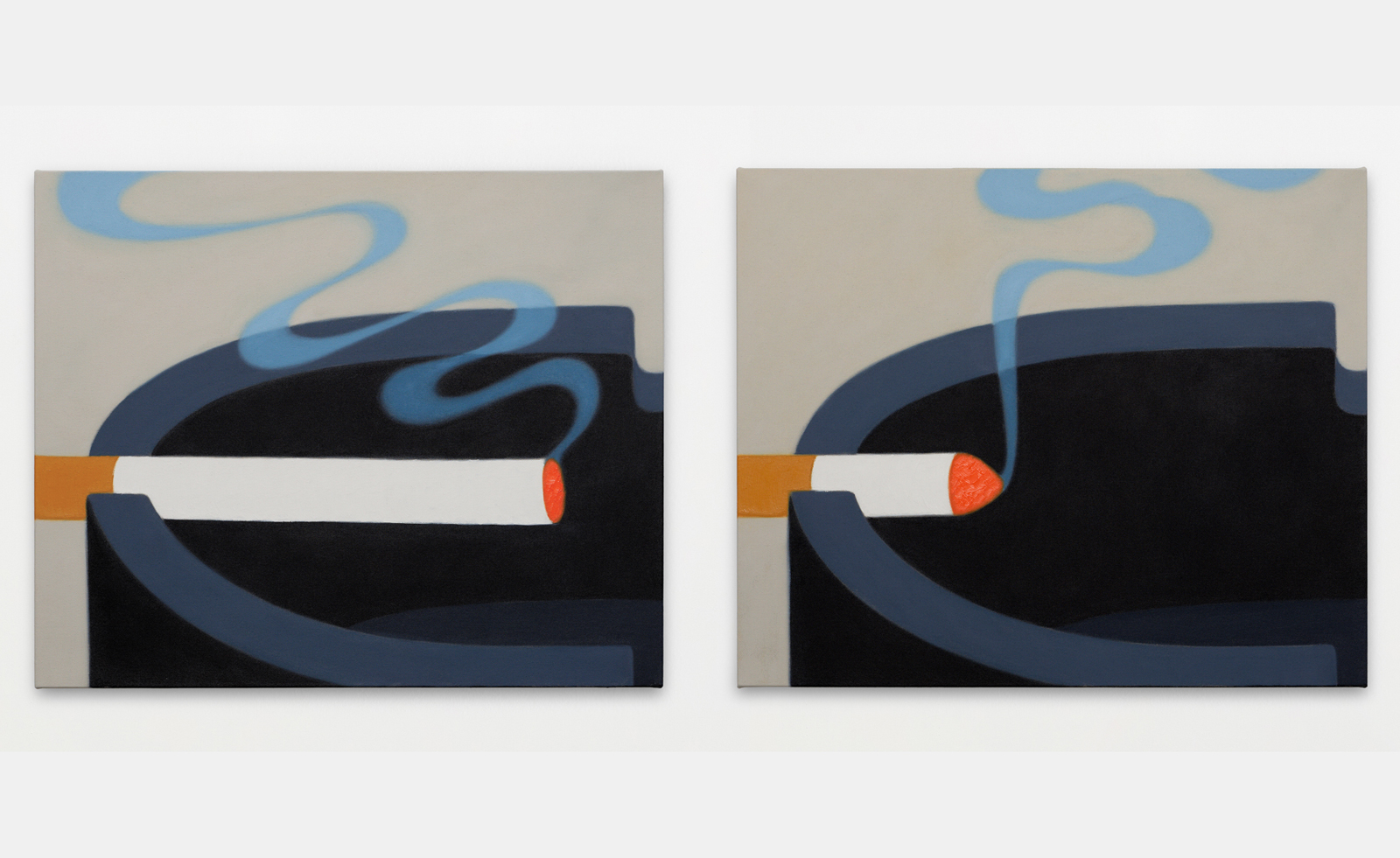 Henni Alftan’s paintings frame everyday moments in cinematic renditions
Henni Alftan’s paintings frame everyday moments in cinematic renditionsConcurrent exhibitions in New York and Shanghai celebrate the mesmerising mystery in Henni Alftan’s paintings
By Osman Can Yerebakan